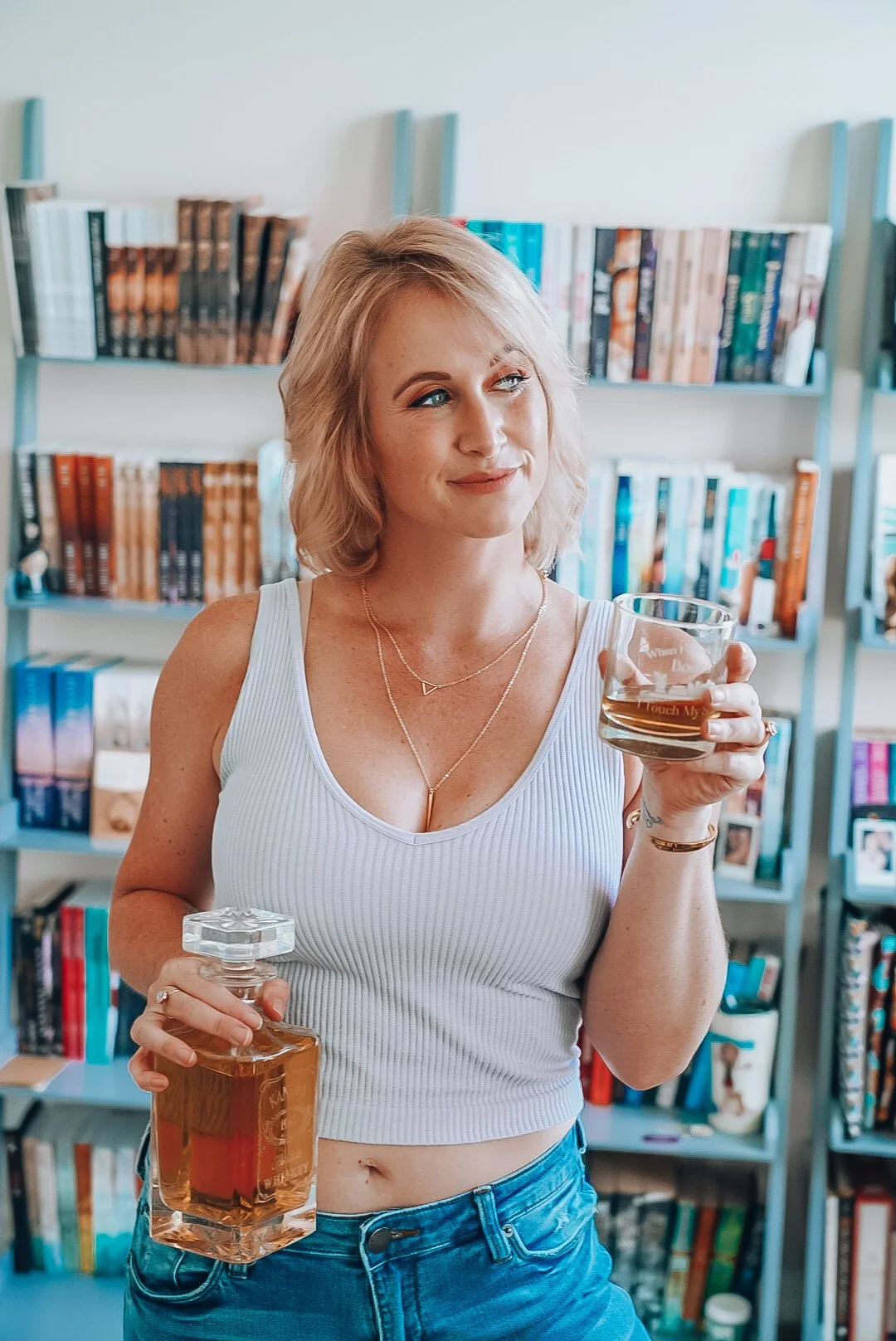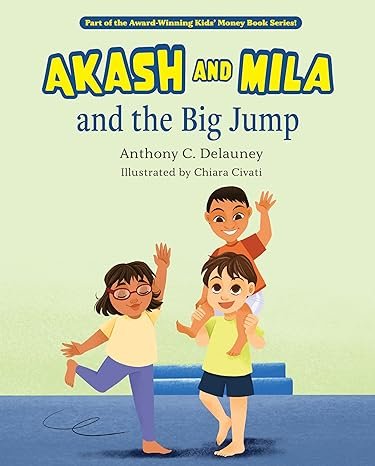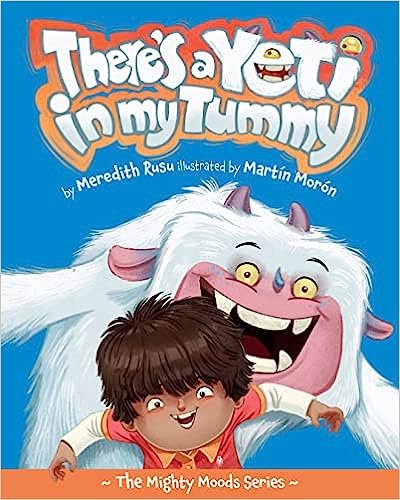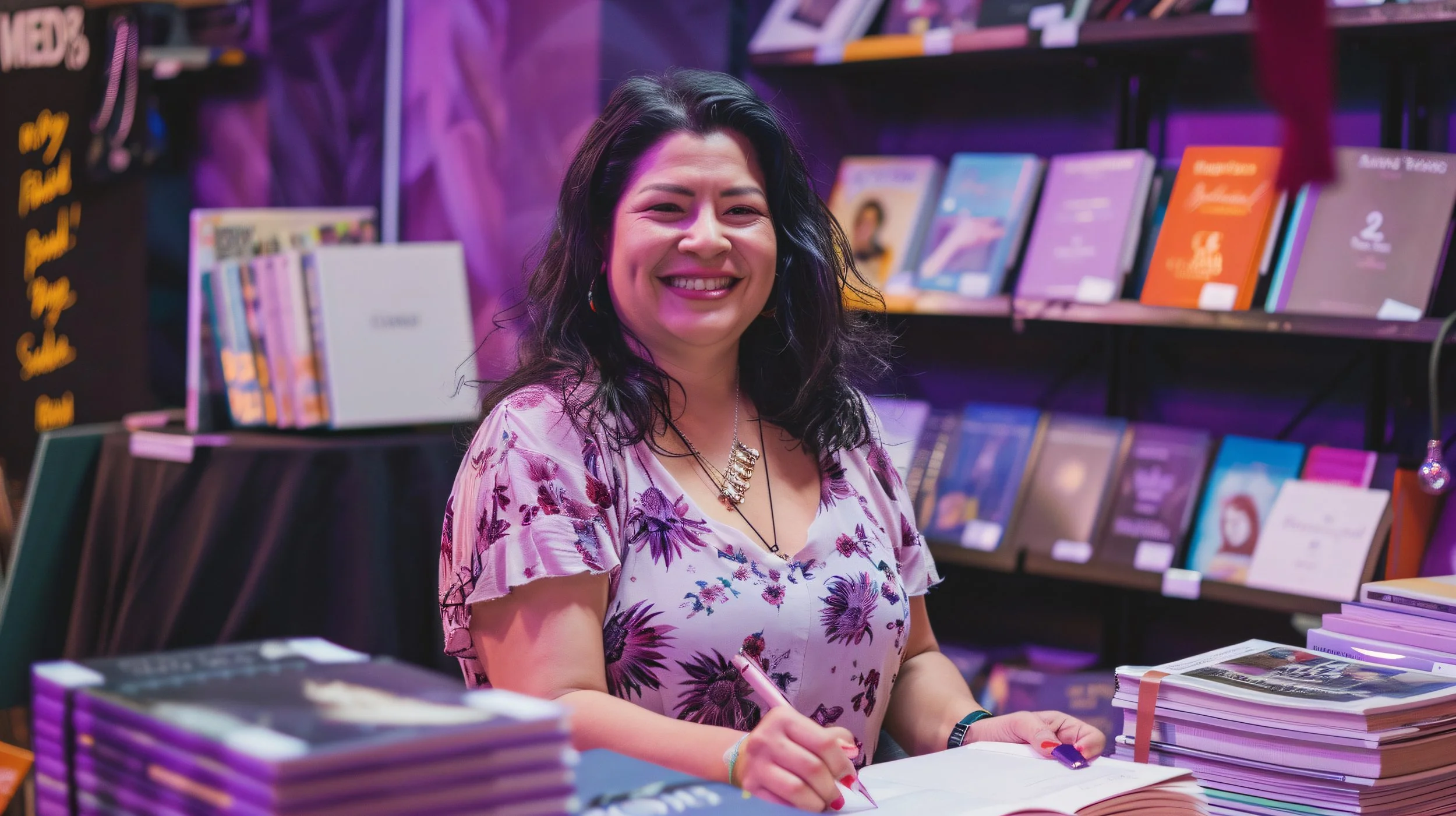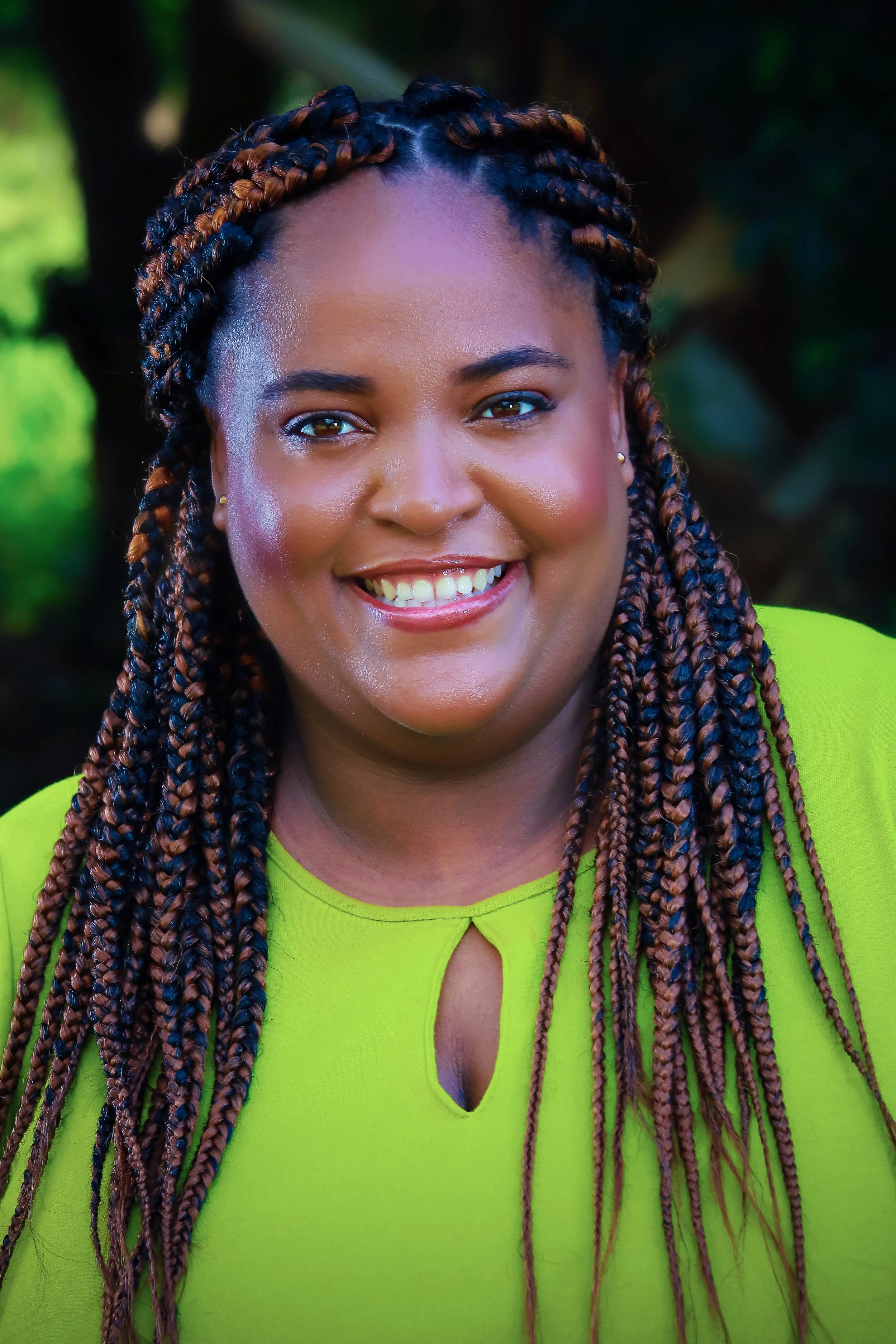Q&A from David Dunham, author of The Silent Land
/David Dunham is the author of The Silent Land, a novel set in England between 1903 and 1919 that explores the complexities of love and the pursuit of truth in grief.
Explain the formation of The Silent Land narrative?
The original book was called The Catesby Committee and was set in 1939 England around the relationship between two young men, James and Sebastian, and how one became compromised in his patriotism. I began to write the novel, but after a chapter or two I suddenly became more interested in their mother and what her story was so I took the story back many years to when she was a young woman. The chronology of her life couldn’t ignore the First World War, hence my involvement of a relatively unknown battle in the narrative; a battle I had once researched as a reporter.
The story ends in 1919, leaving James and Sebastian awaiting their turn (in my head) for their tale to be told.
Have you lived in the places you write about?
For The Silent Land, the principal settings are Worcestershire and the Fens. Thankfully, my family live in these glorious places and I grew up in them so I was able to draw on both childhood and adult memories. If you are ever passing by either area, do stop and go for a stroll. The people are lovely.
Can you share a little about your lead character, Rebecca. What was it like ‘being her’?
There were moments early on when it occurred to me that a male living in New Zealand writing his debut novel using third person limited point of view, from the perspective of a young, middle-class woman living in early 20th Century England, and one who speaks in an ever so slightly diluted form of Edwardian English, was being a little ambitious. But then that doubt soon passed and I, and this may sound strange, talked to Rebecca as much as I could in my head. Whenever I felt I was losing her, I would go for a walk and ask her what she would do or say, or how she would act. And then I wrote the second sentence and so on. Hopefully Rebecca won’t mind I’ve moved on.
Tell me about the process of writing The Silent Land
I handwrote The Silent Land using my favourite pen. The process was this: write two, possibly three sentences on a lined pad, then rewrite them and cross out the original, then write some more and rewrite them, until the page was full and I’d probably have about 200 words. I’d then find another piece of paper, or turn over, and keep going. Then, when I reached my word target, I would type whatever I could see amongst all the scribblings, print it, and then edit it. All in all, a very slow process that I recommend doing only once. The current project is being written straight into the laptop. My pen is glad of the rest as The Silent Land is 92,000 words in length.
How long from idea to completion?
I would love to be one of those people who say, ‘oh, it only took a few months’. It didn’t. It took quite a while, so long, in fact, I’m sure I could have learnt at least two other languages in the time.
Can you tell us a little about your next project?
The current project is called The Legend of Caradoc and is about a Cornish teenager called Jack Caradoc who leaves his world to confront the evil that his ancestor had defeated many years before. It is for teenagers and adults who like to take an adventure now and again. I started writing in May and the first draft should be completed within six to eight months. It is as different to The Silent Land as I could possibly imagine.

















